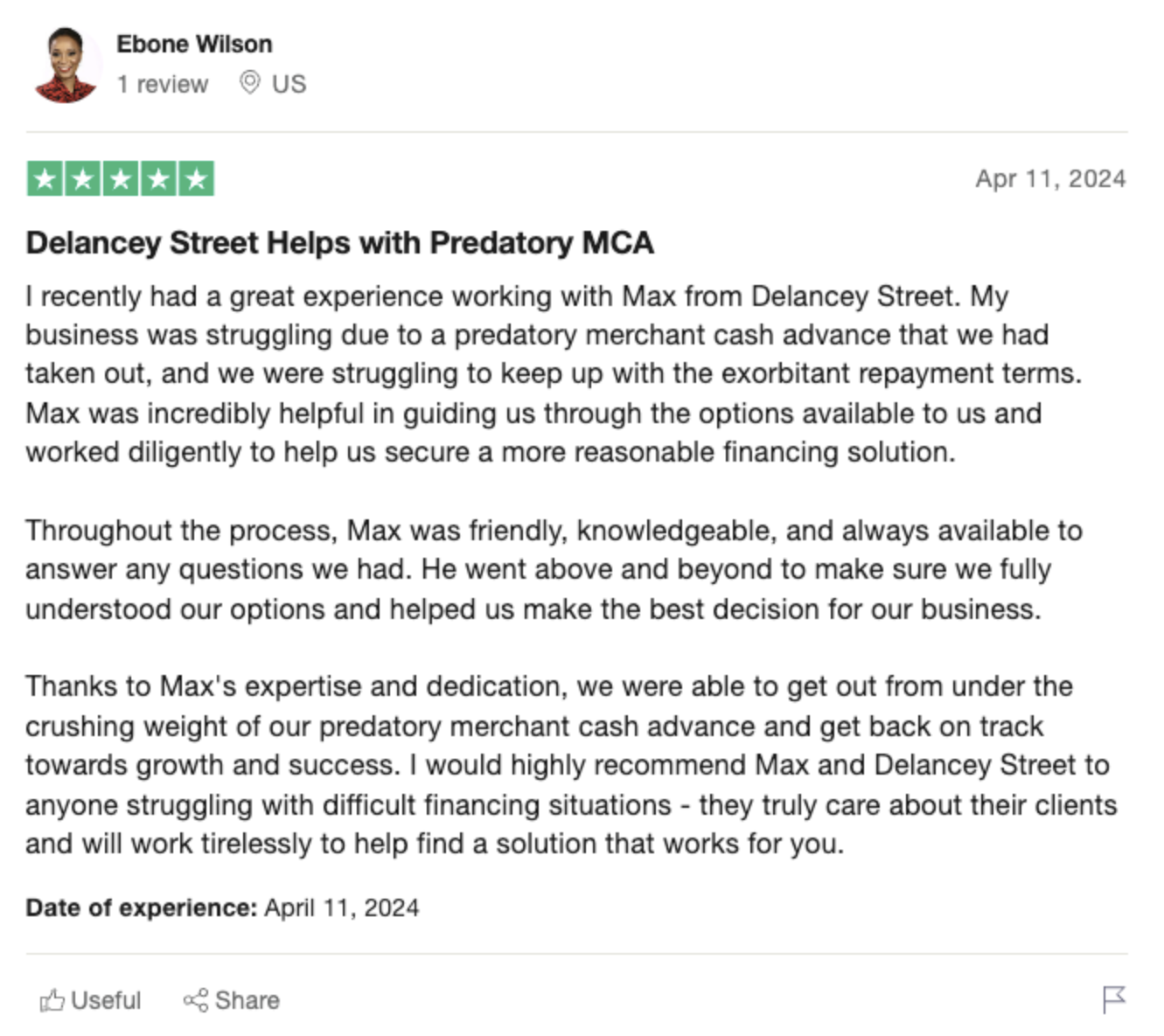What Types of SBA Loans Are Best for Healthcare & Medical Businesses?
Starting or expanding a healthcare business can be extremely capital-intensive. From purchasing medical equipment and supplies, to hiring staff, to securing office space – the costs add up quickly. This is why small business loans targeted specifically at the healthcare industry can provide that essential influx of cash to get your business up and running.In this article, we’ll break down the top Small Business Administration (SBA) loan programs that healthcare and medical companies should consider when seeking financing.
An Overview of SBA Lending
The SBA itself doesn’t directly lend money. Instead, it sets guidelines for loans backed by the federal government and partners with various banks and lenders to provide the capital. The incentive for lenders is that if the borrower defaults, the SBA will repay a portion of the outstanding loan balance. This security helps facilitate lending for riskier startups that might not otherwise qualify.There are a few main types of SBA small business loans that medical companies can utilize:
 -
-- 7(a) Loans – The SBA’s primary and most flexible loan program
- 504 Loans – For major fixed assets like real estate or equipment
- Microloans – Small short-term loans up to $50,000
In the sections below, we’ll explore the benefits and drawbacks of each option for healthcare providers.
SBA 7(a) Loans
The SBA 7(a) loan program is the agency’s main offering for small businesses. It provides loan amounts up to $5 million and can be used for nearly any business purpose – including working capital, equipment, furniture, fixtures, inventory, business acquisition, and refinancing debt.
Pros of 7(a) Loans
- Up to $5 million loan size
- Competitive interest rates
- Long repayment terms up to 25 years
- Variety of uses
The flexibility and relatively low cost of 7(a) small business loans make them a go-to choice for many medical startups and existing practices looking to expand. The funds can be applied to buy new medical equipment, upgrade facilities, market services, or even acquire another healthcare business. The lengthy 25 year repayment term also helps keep monthly payments affordable.Banks and credit unions that partner with the SBA have industry expertise to understand the unique needs of the healthcare sector as well.
Cons of 7(a) Loans
- Requires good personal credit score
- Collateral may be required
- High origination fees
Because 7(a) loans are provided by private lenders, they will assess the personal finances and creditworthiness of applicant owners. You’ll likely need a score of at least 680 and solid revenue history for the past 2 years to qualify and get a decent rate.Depending on the loan size, lenders may also ask that you put up assets as collateral in case of default. Plus, SBA programs tend to come with origination and guarantee fees amounting to 2-3% of the total loan.So the 7(a) option is best suited to those with an established practice looking to take the next step, rather than brand new startups.
 -
-SBA 504 Loans
Another route to consider is the SBA 504 loan. It provides up to $5 million for “fixed asset” purchases – namely real estate and equipment.
Pros of 504 Loans
- Up to $5 million loan size
- Low down payment requirement
- Long repayment term
Since 504 loans are strictly for physical brick-and-mortar property or equipment, they can be ideal for medical companies looking to construct a new office or outfit their practice with expensive gear.The big advantage is that 504’s require just a 10% down payment from the borrower, with the loan covering up to 40% of costs and a private lender financing 50%. Terms can stretch over 10, 20, or even 25 years to accommodate budgets.
Cons of 504 Loans
- Strict use of funds
- High origination fees
- Collateral required
While 504 loans provide excellent rates and terms for major capital expenditures, they are rather rigid in what the capital can be used for. You won’t have any flexibility to apply funds to other business needs.And as an SBA offering, it charges origination and underwriting fees amounting to around 3% of the total loan value. The lender will also likely require business assets or personal real estate as collateral.So 504 loans are best suited to established practices with strong revenue and assets rather than early-stage startups.
SBA Microloans
A third financing option to mention is the SBA Microloan program. As the name suggests, it provides more modest loan amounts up to $50,000.
Pros of Microloans
- Lower credit requirements
- Very small loan sizes
- Technical assistance
Microloans can be a lifeline for small or early-stage healthcare firms that don’t qualify for traditional funding. The SBA partners with non-profit lenders focused on economic development, who offer more relaxed underwriting standards.It’s also possible to stack several microloans together to finance larger needs. And many lenders provide complimentary coaching to borrowers on building their business.
 -
-Cons of Microloans
- Max of $50,000
- Short 1-5 year repayment
- High interest rates
The small size and limited terms of microloans make them impractical for major practice expansion initiatives. They’re best used sporadically for smaller needs in the early phases of development.And with shorter payback periods between just 1-5 years, monthly payments are higher relative to the principal than standard SBA loans. Interest rates can also spike higher than 10% APR.So microloans are most relevant for newly established practices with very modest financing needs.
Which Loan Is Right for My Healthcare Business?
With various SBA loans available to medical companies, it’s essential to weigh your specific situation and objectives.As a general guide:
- Early-stage startups – Consider microloans for small needs or 7(a) loans once established
- Purchasing equipment – 504 loans provide the best rates/terms
- Acquiring a practice – 7(a) flexibility helps facilitate purchases
- Constructing new office – 504 loans cover extensive renovation costs
Be sure to discuss scenarios with both 7(a) and 504 lenders to map out the optimal funding mix. It may very well make sense to utilize both loan types – 504 for real estate and 7(a) for everything else.And don’t hesitate to stack multiple microloans together when just getting started while waiting to qualify for more robust SBA capital down the line.
 -
-Finding an SBA Lender
Connecting with lenders participating in SBA loan programs is easy thanks to the SBA LenderMatch tool. Simply enter your business location and loan needs to find potential partners operating in your region.Many credit unions also offer SBA loans, so consult your existing banking relationships first. And don’t forget to compare rates from online lenders like Lendio and Kabbage as well.Be prepared to submit tax returns, financial statements, business plans, personal financial documents, and collateral details as part of the application. It always helps to have your paperwork ready before starting conversations.
Other Financing Alternatives
If SBA loans don’t offer the right fit, also consider options like:
- Equipment leasing
- 401(k) business financing
- Medical practice loans
- Unsecured business lines of credit
- Peer-to-peer lending networks
- Rollover for Business Startups (ROBS)
Shopping around is key to finding the most affordable capital that aligns with your healthcare company’s current growth objectives. Mix and match different instruments as strategic needs dictate.
Key Takeaways
- SBA 7(a), 504 and Microloans provide targeted financing for healthcare firms
- 7(a) loans offer versatility for expansions, equipment, acquisitions, etc.
- 504 loans supply fixed assets funding for cheaper rates/terms
- Microloans help early-stage practices access smaller amounts
- Compare multiple lenders to find the best rates/fees
Securing financing is a crucial piece of executing growth plans for any medical enterprise. SBA loan programs bridge the gap by supplying access to capital that might not otherwise exist for newly established or specialty practices.Do your homework regarding the different options, terms, qualifications, and providers to discover the optimal funding solutions. And don’t hesitate to utilize multiple loan instruments simultaneously to finance large strategic initiatives.







